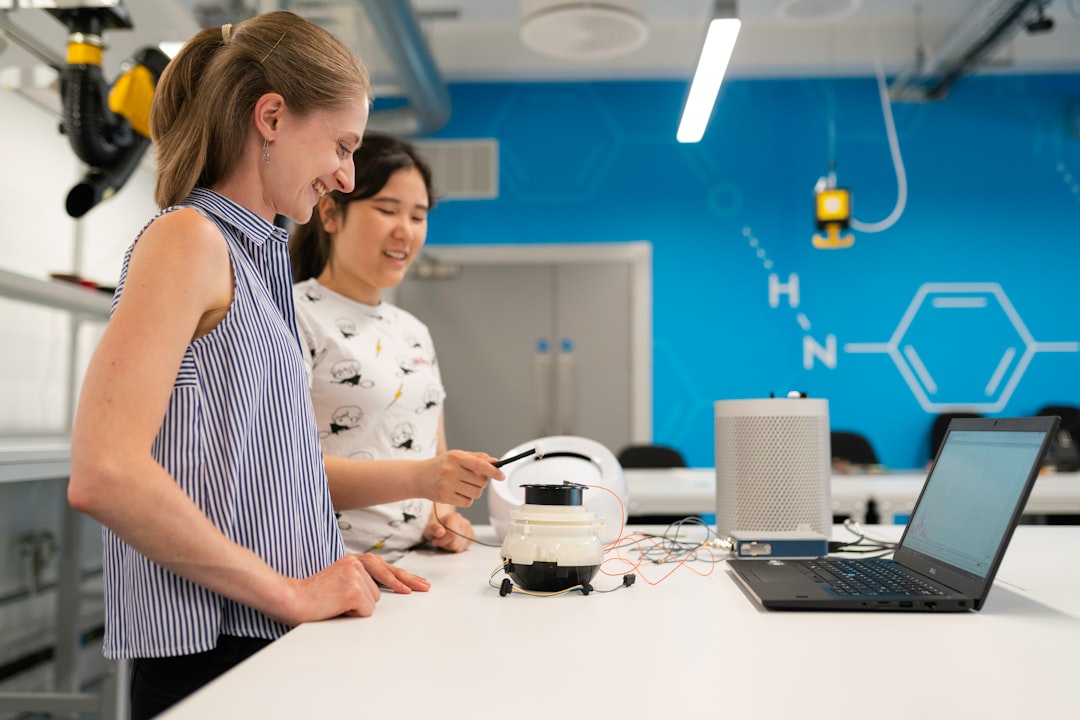What is it about?
Previous research show that water is able to store a very substantial amount of electrical charges. In this study we found that the charge storage is associated with the formation of large uniform structures within the water body. The structures are highly stable and they hold quantized amount of charges; charged regions with different charge density (voltage) can coexist stably within the same solution. The structures grow slowly but as they grows the conductivity of the solution is changed dramatically, by as much as 250%.
Featured Image

Photo by Ryan Klaus on Unsplash
Why is it important?
How does water conduct electricity, what role do electrolytes (i.e. ionic solutes) play? We found that the process is much more complex than the current textbook model suggests. We show evidence that the strength of electrolytes are related to their ability to form large-scale structures in water, and such structures are charge bearing and they are the key carriers and conduits for electrical charges to flow in water. Based on our findings we proposed a new model of electrolysis and conductivity in water. Evidence of present works supports our hypothesis that the capacity for water to form stable large-scale stable structures is a key factor behind its myriad of anomalies. We conjecture that the enormous charge separation and storage capacity associated with water structuring will have a significant effect in determining the redox potential of various substances and makes water a key medium and driver for electrochemical reactions. Similarly, in biological systems water may also act as the medium for the storage and transfer of activation energy that is required by the different biological processes.
Perspectives
Water is full of surprises indeed. I never expected that electrolysis - a seemingly simple process could be so involved. From the early days of spending hours manually toggling switches to the gradual evolution of a computer controlled logging system this simple setup was yielding unexpected surprises every step of the way. This research is merely scratching the surface of a highly dynamic and complex phenomena, I wish I could have the opportunity to continue the research some day.
Chut Ngeow Yee
Read the Original
This page is a summary of: Large-scale structure formation in ionic solution and its role in electrolysis and conductivity, PLoS ONE, March 2019, PLOS,
DOI: 10.1371/journal.pone.0213697.
You can read the full text:
Resources
Contributors
The following have contributed to this page










